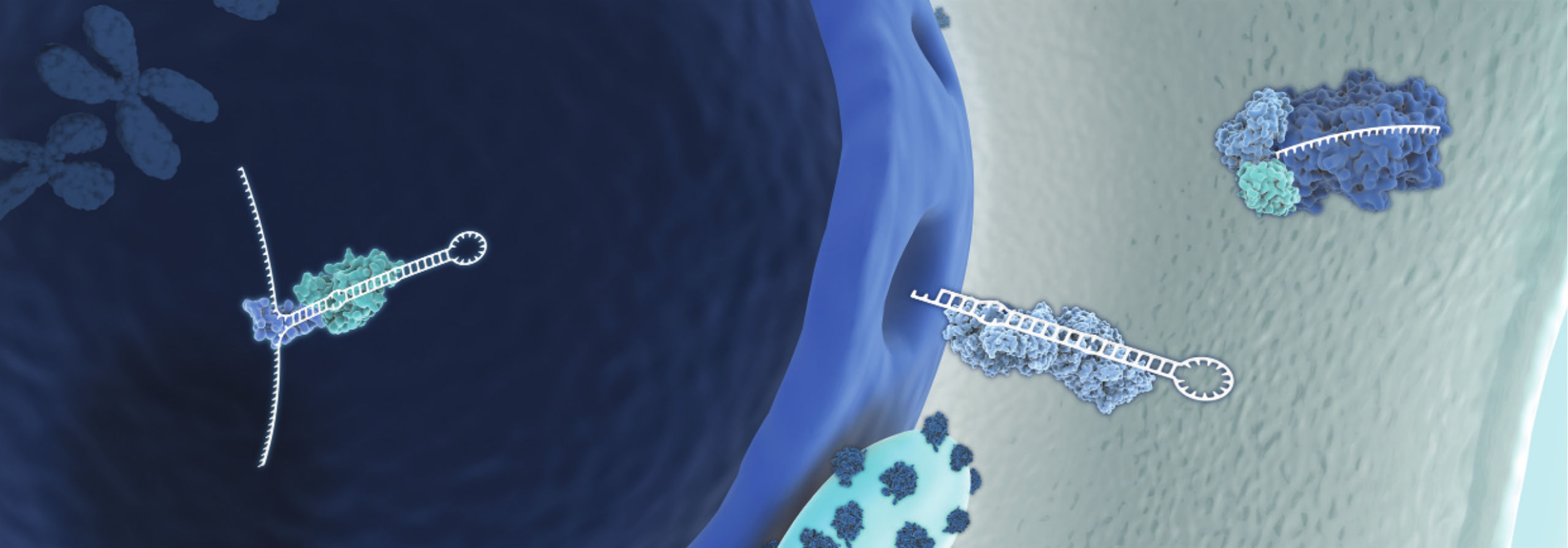
Functional & Cell Analysis
Simplified workflows for functional analysis
Functional analysis of cells requires a range of workflows, each with specific needs and challenges. We provide a comprehensive range of products to support your research in functional genomics and proteomics, pathway analysis, gene regulation and gene expression studies. Easy-to-use, optimized protocols simplify your workflow and deliver results you can have confidence in.
Browse Functional & Cell Analysis
Products
Sort
22 Products found

Antisense LNA GapmeRs
For highly effective knockdown of mRNA and lncRNA using LNA-enhanced antisense oligonucleotides

FlexiTube siRNA
For efficient RNAi analysis one gene at a time

Effectene Transfection Reagent
For DNA transfection of primary cells and sensitive cell lines

HiPerFect Transfection Reagent
For transfection of eukaryotic cells with siRNA and miRNA

Custom miRCURY LNA Inhibitors and Power Inhibitors
For miRNA function studies using LNA-enhanced antisense miRNA inhibitors

miRCURY LNA miRNA Inhibitors and Power Inhibitors
For miRNA loss-of-function studies using LNA-enhanced antisense miRNA inhibitors

miRCURY LNA miRNA Mimics
For studies on miRNA function and gene regulation using synthetic miRNA

AllStars Negative Control siRNA
For negative control RNAi experiments

Cignal Reporter Assay Kits
For rapid, sensitive, and quantitative assessment of signal transduction pathway activation

PolyFect Transfection Reagent
For fast and easy DNA transfection of standard cell lines

miRCURY LNA miRNA Power Target Site Blockers
For studying the effects of an individual miRNA on a single target site

Attractene Transfection Reagent
For efficient DNA transfection and DNA–siRNA/miRNA cotransfection

HP Custom siRNA
For efficient gene silencing using high-purity siRNA

Negative Control siRNA
For negative control of siRNA

AllStars Hs Cell Death Control siRNA
For siRNA transfection optimization and positive control experiments in human cells

FlexiPlate siRNA
For highly flexible, economical RNAi screening

TransMessenger Transfection Reagent
For efficient mRNA transfection

FlexiTube siRNA Premix
For optimized, one-step siRNA transfection

miRCURY LNA miRNA Family Power Inhibitors
For analyzing regulatory roles shared by highly related, co-expressed and functionally redundant miRNAs

AllStars Reporter Controls
For knockdown of a reporter gene

Cignal Reporter Controls
For control experiments when using Cignal Reporter Assays

AllStars Mm/Rn Cell Death Control siRNA
For siRNA transfection optimization and positive control experiments in mouse or rat cells
